Audit reveals challenging times for Central Queensland councils
How CQ councils fared in Director-General’s Local Government audit.

Gladstone
Don't miss out on the headlines from Gladstone. Followed categories will be added to My News.
When the varied financial position of Central Queensland Local Government was put under the microscope of the Auditor-General, Rockhampton and Central Highlands councils were revealed as the only financially stable entities.
The analysis by Auditor-General Brendan Worrell found one-third of Queensland councils were at “high risk” of not being financially sustainable and 70 per cent spent more than they earned in 2020.
The report ranked councils financial sustainability measures and risk.
Gladstone, Livingstone and Woorabinda councils were all found to have average asset sustainability ratios less than 50 per cent, considered to be high-risk.
In his report into the audit, Mr Worrell studied the finances of 77 Queensland councils, highlighting the impact the COVID pandemic had on council finances.
“The financial sustainability of most councils deteriorated this year, with the sector’s expenses and liabilities increasing faster than its revenues and assets,” Mr Worrell wrote.
“The Department of State Development, Infrastructure, Local Government and Planning could assist councils by providing greater baseline funding certainty with multi-year grant programs. “The department could also work with councils to improve financial and asset management capability.”
So what did Mr Worrell discover about Banana Shire, Central Highlands, Gladstone, Livingstone Shire, Rockhampton and Woorabinda councils?
Rankings are classified as high, moderate and low financial risk and good, average and below average in performance.
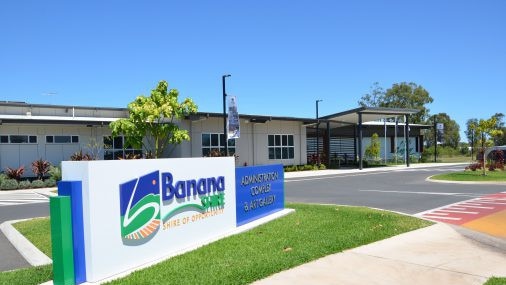
Banana Shire council
Covering the heart of the Capricornia Region, Banana Shire Council was rated as being at moderate financial risk.
An average asset sustainability ratio of 92.40 per cent, rated as low, puts the council in a strong position into the future.
Also on the positive side of the ledger was a positively trending low net liabilities ration of – 8.41 per cent.
The audit found Banana Shire Council relied on and average of 32 per cent of its funding through grants.
Council’s downward trending current operating surplus ratio of -7.19 per cent was rated as a moderate financial risk, against an average of -4.40 per cent.
In the only blight on the scorecard, the preparation of End of Financial Year (EOFY) statements by council was found to be below average.
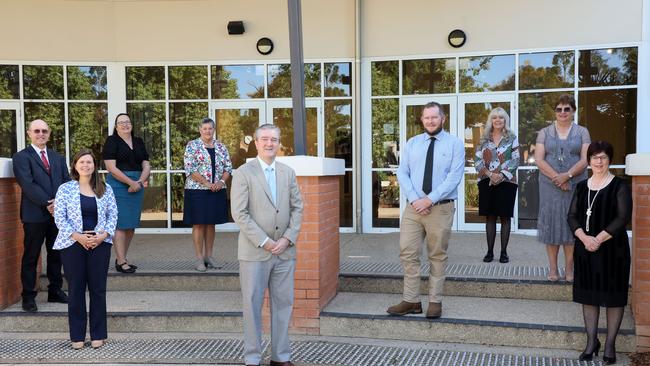
Central Highlands Regional Council
One of the stronger performing of 77 Queensland Councils, Central Highlands Regional Council CHRC was found to be at low financial risk.
Also audited under the CHRC umbrella were the Central Highlands Housing Company and the Central Highlands Development Corporation.
On the back of a 122.02 per cent current asset sustainability ratio trending positively, Emerald, Peak Downs and the Gemfields regions have a solid future.
A downward trending net liabilities ratio of 17.88 per cent and an average operating surplus of 1.34 per cent saw council ranked as low risk in these categories.
Grants were found to provide 22 per cent of the council’s funding.
Across all financial assessment categories, CHRC ranked “Good”, except four areas.
CHRC was ranked as average for internal control categories of “control activities” and “information and communication”, plus the “timeliness of preparing its financial statement.”
The audit found CHRC’s quality of its EOFY statement was below average.
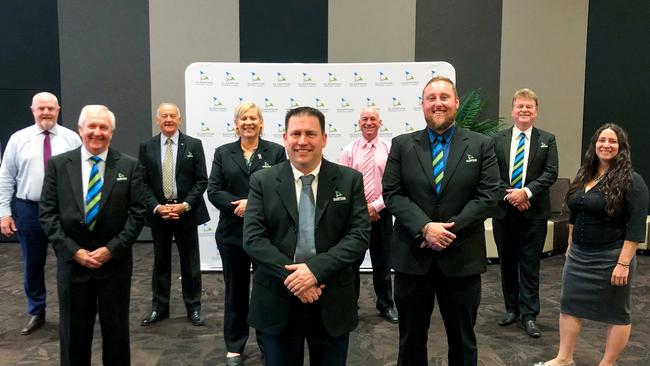
Gladstone Regional Council
With its industrial base and bustling port, Gladstone Regional Council was found to have a moderate financial risk.
The Gladstone Airport Corporation was also audited under the umbrella of Gladstone Regional Council GRC.
Across areas including average operating surplus ratio and net financial liabilities ratio, GRC was ranked as good.
A low grant funding of 15 per cent left possibilities for increased future applications to improve the region.
But downward trends in all areas and a high risk average asset sustainability ratio of 48.40 per cent contributed to the “moderate financial risk”.
The GRC EOFY statement was ranked as below average by Mr Worrell.
Internal control areas “control activities” and information and communication” of council were ranked average.
While the “timeliness” and “quality” of GRC’s EOFY statements were also ranked average.
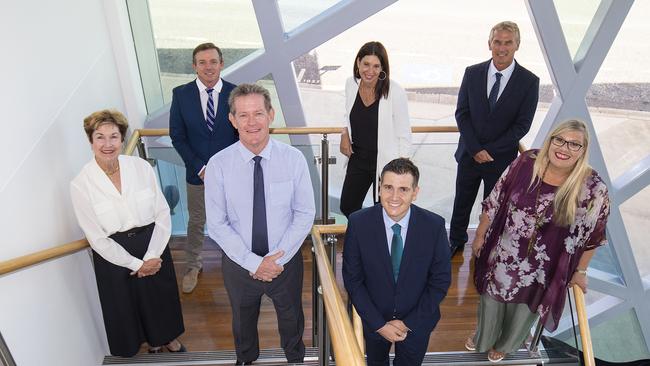
Livingstone Shire Council
Encompassing the northern Capricorn Coast, Livingstone Shire Council was found to have a moderate financial risk.
The Livingstone Shire Council’s LSC positively trending average surplus ratio of 4 per cent bodes well for the future, with a “good” ranking.
Receiving 34 per cent of grant funding, LSC also had a “good” ranking for its net financial liabilities at 42.7 per cent.
Contributing to LSC’s moderate financial risk ranking was its “below average” asset sustainability ratio, currently at 51.90 per cent.
Overall, LSC was unlucky not to be ranked as low financial risk, with only one below average and two average rankings.
Council’s “control activities” in the internal control category and “timeliness” of EOFY statement preparation were the only two “average” rankings for LSC.
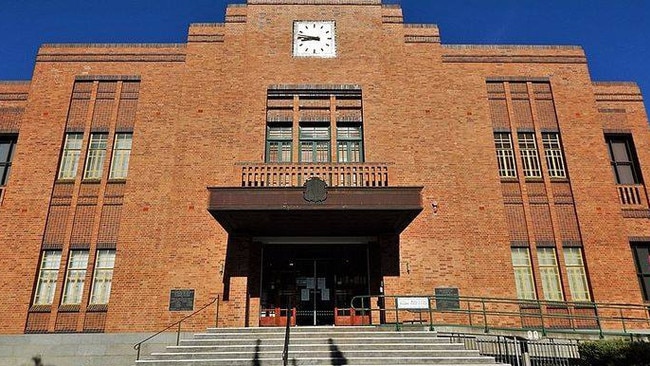
Rockhampton Regional Council
The biggest council in Central Queensland with the largest ratepayer base was also declared as one of the region’s most financially secure, with “low” financial risk.
Rockhampton Regional Council RRC achieved this ranking with only one “average” ranking in its assessment by the Auditor-General.
In all categories except internal control “control activities”, RRC was ranked good.
A positively trending average operating surplus ratio of 4.91 per cent saw council ranked “good”.
This was boosted by a downward trending net liabilities ratio of 52.6 per cent, also ranked as “good”.
RRC’s average asset sustainability ratio of 92.07 per cent also saw it ranked as good.
Grant funding amounted to 25 per cent for RRC, leaving room to secure more government money to continue improvements.
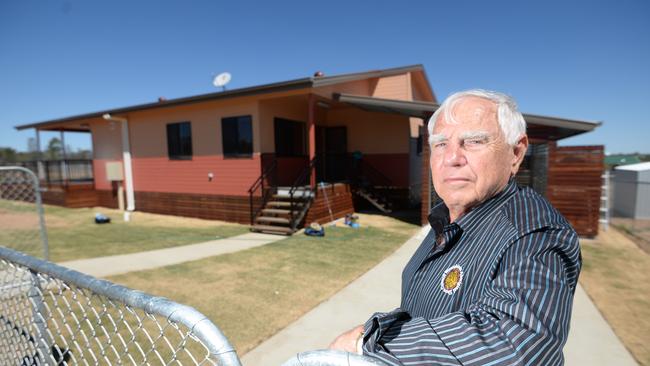
Woorabinda Aboriginal Shire Council
The smallest council in the region was also delivered the worst financial report card, with Woorabinda Aboriginal Shire Council declared as “high risk” financially.
With about 76 employees, Woorabinda Aboriginal Shire Council WASC has a vision of the area being self-sustainable and self-managed.
An average operating surplus ratio, which is trending down, of -14.8 per cent has contributed to the “high risk” financial classification.
This coupled with a “high risk” asset sustainability ratio of 16.74 per cent, means WASC will face significant asset expenditure in the near future.
Assisting this situation was the downward trending financial liabilities ratio of -21.70 per cent, which was ranked as ”low risk”.
Overall, below average rankings environmental and activities control, plus a below average ranking in the timeliness of its EOFY statement saw WASC ranked alongside one-third of Queensland councils as being at “high risk” financially.
Other stories
One-third of QLD councils on financial brink


